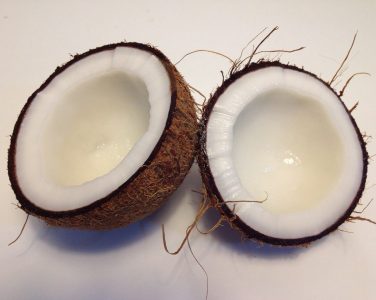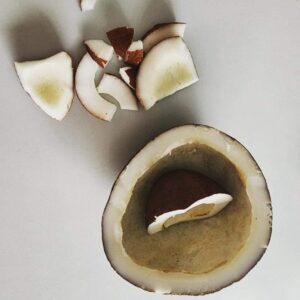Copra
Copra, dried coconut meat from different parts of the coconut, and coconut palm fruit kernel (Cocos nucifera). Copra is prized for the coconut oil that can be produced from it as well as the leftover coconut-oil cake, which is mostly utilized as livestock feed.
Due to a lack of dairy fats, copra was first introduced as a source of edible fat in northern Europe in the 1860s. It gained popularity in the United States during the start of the 20th century. India is being the one of the major exporters of Copra to the European and American market.

How Copra is Made?
Although commercial estates and plantations now prevail, naturally grown coconut palms are still an important source of copra. The nuts are forced down onto a sharp point, either manually or automatically, to remove their husks. With a cutting knife, the shell is then split into two halves, revealing the flesh, which is composed of around 50% water and 30% to 40% oil. For 4.5 kg (10 pounds) of copra, around 30 nuts serve as the flesh. Whole copra, also known as ball or edible copra, is made by drying the whole, complete nut kernel, a process that is less prevalent.
The first way of drying was exposing the kernels to the air and sun, and it is still widely used today. This produces white copra of high quality. Kiln drying, which is frequently utilized in the Philippines, is a quicker procedure that is especially employed when there is a high humidity level. The copra is placed in a kiln, which is simply a fire pit covered in a grid, and it is protected from the elements by a roof. Hot-air drying, which was initially used in Samoa and India, produces copra of a higher consistent quality. Copra is dragged through a heated tunnel where it collides with a hot air countercurrent. The result is a fine, white copra that is more valuable than the product that was sun-dried. 4 to 5 percent moisture and 63 to 70 percent fat are both present in well-dried copra.

